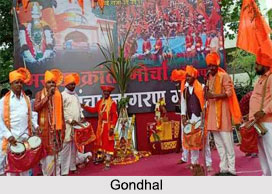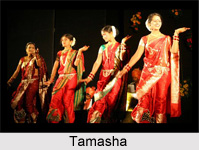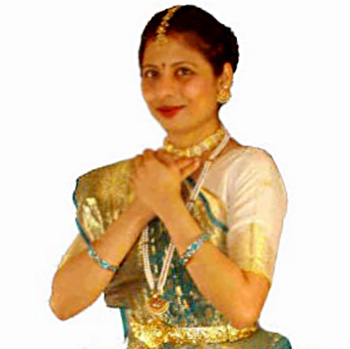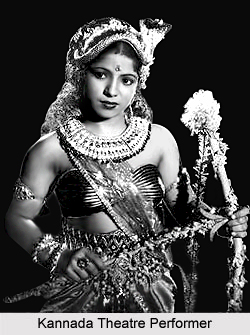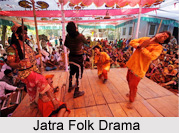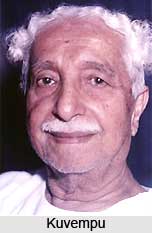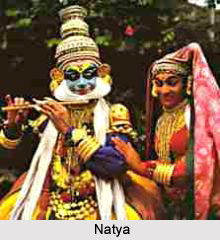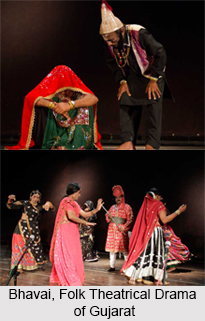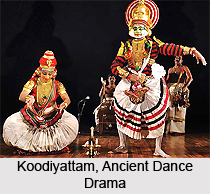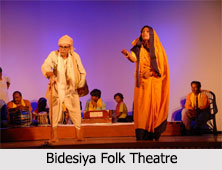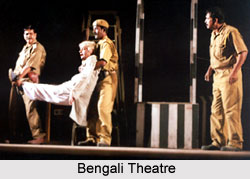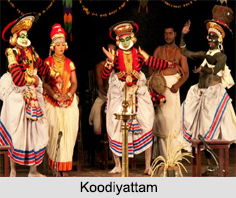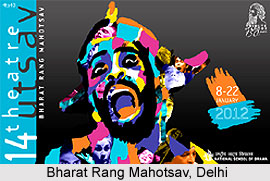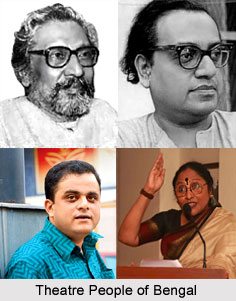Introduction
Pravritti in Natyashastra refers to specific human behaviours varying from region to region. It divides India into four broad zones accordingly, to facilitate the understanding of them, so that Vritti or the dramatic style may find proper expression through the required portrayal in the text as well as performance. The four Pravritti are dakshinatya i.e. southern, avanti i.e. western, audra magadhi i.e. eastern, and pancala madhyama i.e. north-western and northern. In each, behaviour varies due to predominance of different vrittis, and requires careful study by the playwright and actor so that description and performance achieve the accurate representation.
Characteristics of Pravritti
Pravritti gives the detailed information regarding dress types, languages used, manners and customs followed and professions engaged in the different regions of the land. Pravritti is in the sense of Nivedana (making it known). The different types of Pravritti have certain common characteristics prominently. But, since people hail from different countries, wear different kinds of dress, speak many languages and follow many customs, the fourfold classification is thus provided. As there are four different styles (Vrittis) such as Bharati, Sattvati, Kaisiki and Arabhati concerned with different sets of people and countries, the practical usages (Pravrittis) are also similarly dealt with.
Types of Pravritti
Dakshinatya Pravritti deals with the southern region of India. Southern people have many kinds of dance styles songs and musical instruments. They employ the Kaisiki Vrtti mostly and cultivate efficient gestures. Countries in and around the mountains of Malaya, Sahya, Mekala and Kalapaijara are known as Daksinapatha. All the areas between the Southern Sea adopt the Dakshinatya Pravritti viz. Kosala, Yavana, Khasa, the Dramida Andhra, Maharashtra, Venna and Vanavasika. Avanti, Vidisa, Saurastra, Malava, Sindhu, Sauvira, Anarta, Arbudeyaka, Dasarna, Traipura and Martikavata always adopt the Avanti Pravritti. The dramatic performances by these inhabitants are mainly concerned with Sattvati and Kaisiki styles.
The eastern areas comprising of Anga, Vanga, Kalinga, Vatsa, Odhra, Magadha, Pundra, Nepala, Antargira, Bahirgira, Plavangama, Malada, Mallavartaka, Brahmottara, Bhargava, Margava, Pragjyotisa, Pulinda, Videha and Tamralipta take to the local usage known as Audhra Magadhi. The same is the case with the other areas mentioned in the Puranas as falling within the area eastern tract and audhra -magadhi Pravritti is to be employed in their productions too. The region including Pancala, Surasena, Hastinapura, Valhika, Sakala, Madra, and Usmara, contiguous either to the Himalayas or the northern banks of the Ganges adopts the Pancala-Madhyama Pravritti. The Pancala Magadhi Pravritti goes in with Sattvati and Arabhati Vrittis mostly.
Four types of Pravritti are: Avanti, Daksinatya, Pancala Madhyama Pravrrti and Odhra Magadhi. Pravrtti is in the sense of Nivedana. These four types have some common features that are patent. Pravrttis have certain common characterisªtics prominently.
Daksinatya Pravrtti - People of the South have various kinds of dance styles as well as musical instruments. They mostly employ Kaishik Vritti thereby cultivating efficient gestures. They are: 37 Countries in and around the mountains of Mahendra, Malaya, Sahya, Mekala and Kalapajara.
Some of the areas between the Southern Sea and the Vidya Mountain adopt the Daksinatya Pravrtti: Kosala, Tosala Kalinga, Yavana, Khasa, the Dravida Andhra, Maharastra, Venna and Vanavasika.
Avanti Pravrtti
The people of Avanti, Vidisa, Saurastra, Malava, Sindhu, Sauvira, Anarta, Arbudeyaka, Dasarna, Traipura and Martikavata adopt the Avanti Pravrtti. The dramatic performance is mainly concerned with Sattvati and Kaisika styles.
Odhri-Magadhi Pravrtti
The eastern areas comprises of Anga, Vanga, Kalinga, Vatsa, Odhra, Magadha, Pundra, Nepala, Antargira, Bahirgira, Plavangama, Malada, Mallavartaka, Brahmottara, Bhargava, Margava, Pragjyotisa, Pulinda, Videha and Tamralipta who adopt the local usage known as Odhra Magadhi. Similar is the case with those areas that are mentioned in the Puranas that fall within the eastern tract.
Pancala Madhyama Pravrtti
The region that includes Pancala, Surasena, Kasmlra, Hastiniipura, Valhika, Sakala, Madra, and Usmara adopts the Pancala-Madhyama Pravrtti. This Pravrtti goes in with Sattvati and Arabhati Vrttis mostly.
These Pravrttis include two fold modes of entry: I`liulitksina Praveia and Apradaksina Pravesa (entering clockwise or anticlockwise).
